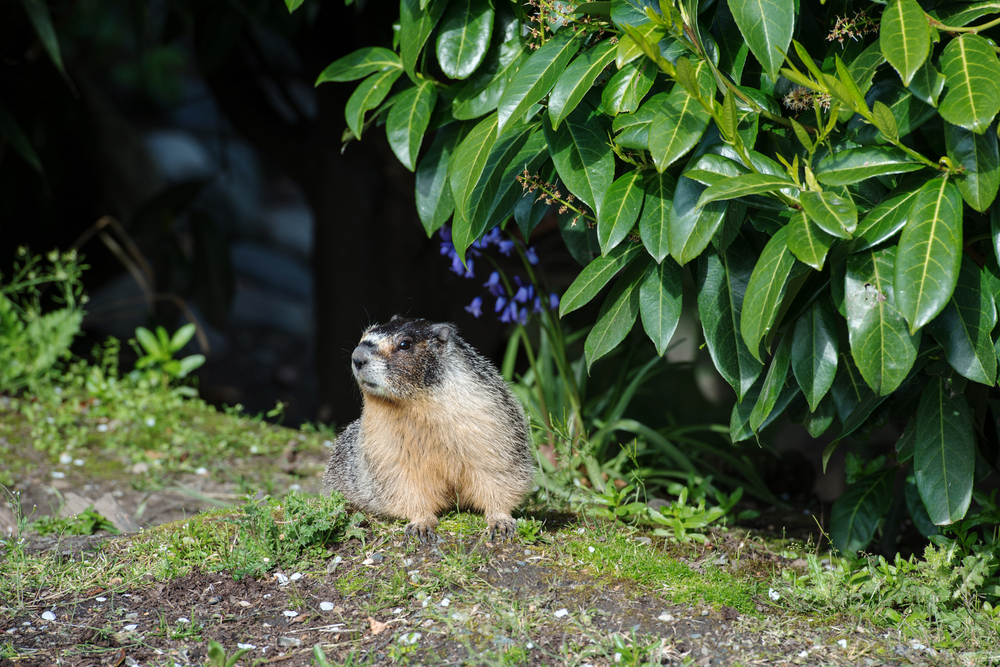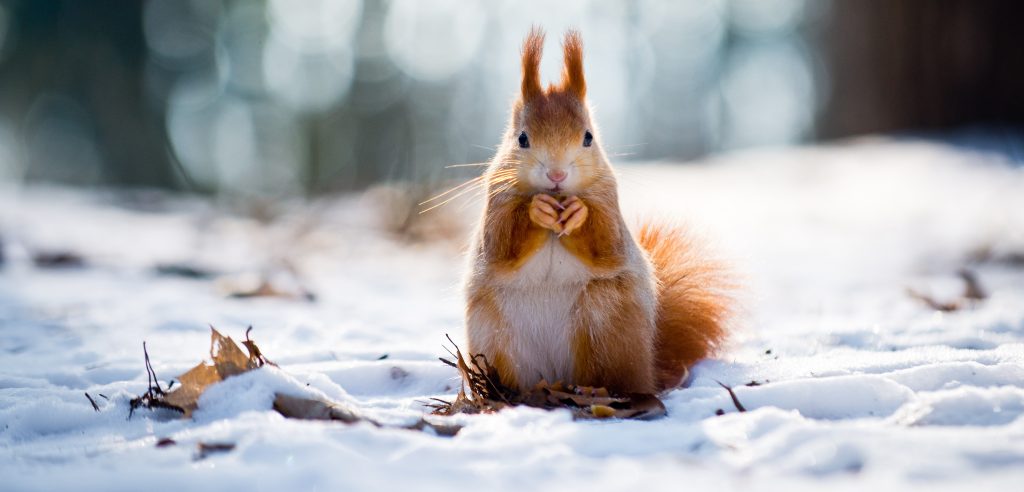Marmots are large rodents that often-become nuisances to gardeners, farmers, and homeowners due to their appetites and burrowing habits.
There are four marmot species in BC: the hoary marmot, the yellow-bellied marmot, the critically endangered Vancouver Island marmot and the woodchuck. The yellow-bellied marmots (aka rockchucks) and woodchucks are the ones most likely to be a nuisance. Their ranges overlap with dense human developments.
Why are Marmots Hiding in Cars?
During the spring and summer, the animals undergo a period of hyperphagia, a feeding frenzy designed to fatten the marmots so they can survive the coming winter. Marmots need a denning location near easily accessible food sources. People’s yards and gardens provide food, and engine compartments are easy to access shelter.
Marmots in Vancouver can get into many parts of the car, including the engine bay, the wheel wells, the interior, and the air filter. They may also try to get inside the car by crawling through small openings around windows, doors, and the trunk. People assume only long-term parked vehicles are at risk, but even cars that are “daily drivers” are at risk.
Engine compartments provide the ideal summer denning locations. These areas provide shelters from temperature, precipitation, and predators. While inside the car engine, rats will gnaw to keep their teeth filed down. The rodent will gnaw on wires, hoses, or air conditioning.
How to Get a Marmot Out of Your Car
If you find a marmot in your car, do not attempt to remove it by bothering it. Marmots have strong bites and will defend themselves. It might be tempting to try a DIY marmot control problem, but we have found deterrents like peppermint oil are not very effective.
Open the car hood and let the marmot leave on its own. The rodent will eventually exit the vehicle on its own. However, marmots will continue to inhabit a suitable location. Either that marmot or another one can return to your car. Installing a skid plate or using a large tarp with bungees can control marmots from entering your car.
Once the marmot are gone, you need to fix the damage done. Remove any nesting materials. Clean up the droppings and sanitize the area.
All marmots are protected under the BC Wildlife Act, and Vancouver Island marmots are also protected under the Species at Risk Act. Except for yellow-bellied marmots and woodchucks, it is illegal to trap or relocate marmots without a permit. Although it is legal to trap yellow-bellied marmots and woodchucks if they are causing damage to property, trapping and relocating is not an effective solution. Relocated marmots may not survive without an existing burrow system, or they may just return to the original site.
Marmot Control in Your Yard
Marmots make their homes within 100 feet of a food source. By fencing off gardens and fruit trees, property owners can discourage marmots from burrowing in their yards. Fences should be made of heavy poultry wire and extend at least three feet high and a foot below the soil. Frightening devices like scarecrows or loud music may also be an effective measure. Likewise, keeping dogs on the property is a good way to deter these digging pests. If the problem persists and marmot holes are causing damage to the property, contact the professionals at Critter Control for efficient removal services.
The best way to keep marmots out of yards and gardens is to install rodent-proof fencing. Fences constructed of close-knit wire mesh should extend at least one foot underground and bow outward at the top. In some cases, it may become necessary to run an electrified wire around the base of the fence.


